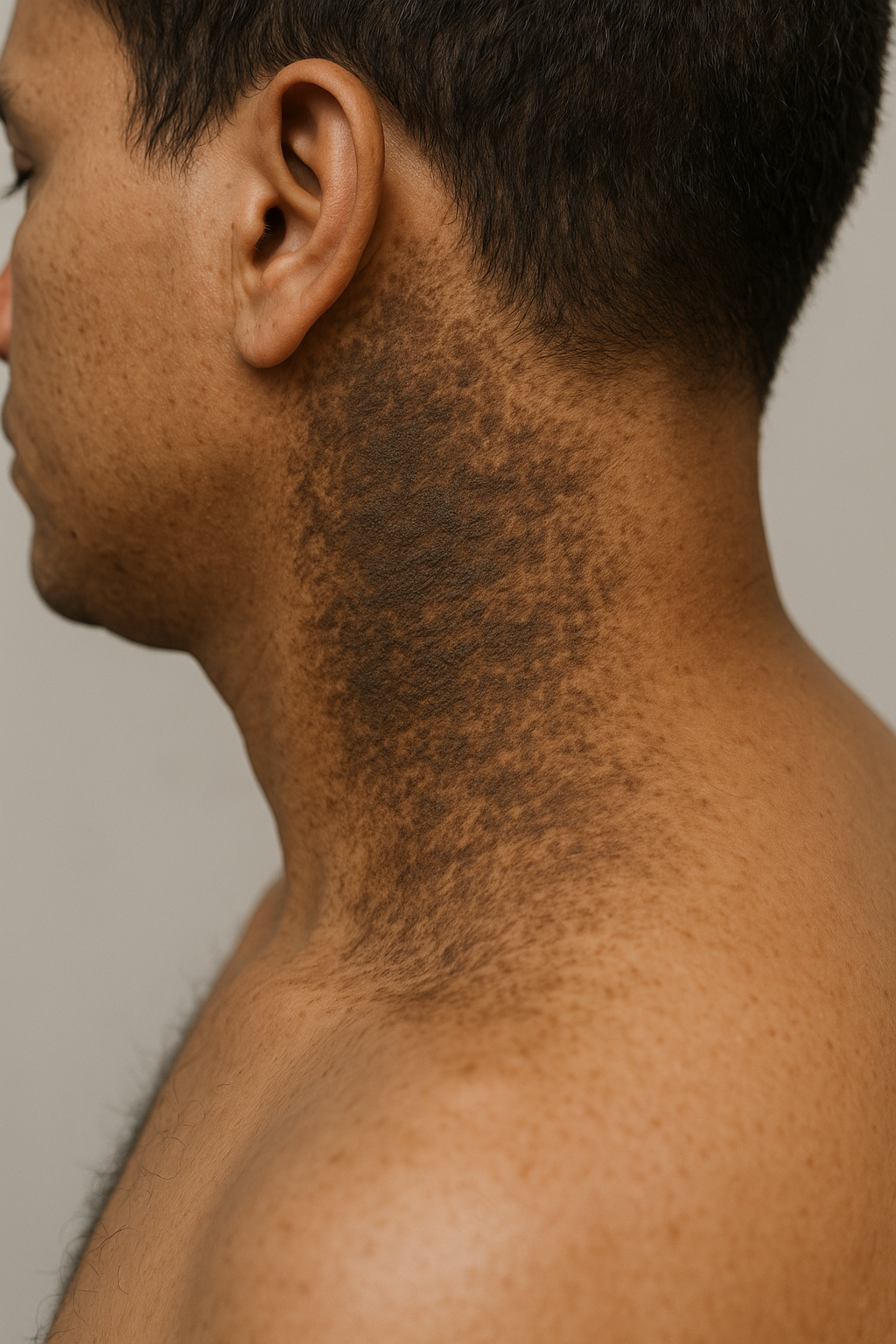Hyperhidrosis is a medical term used for describing the condition of excessive and uncontrollable sweating.
Sweat is a weak salt solution that is naturally produced by the eccrine sweat glands. Eccrine sweat glands are found all over the body, especially on the palms and soles.
Hyperhidrosis can be identified as either localized (affects armpits, soles, palms, or face) or generalized (affects most of the body or entire body). It can be primary or secondary.
Primary hyperhidrosis results from the overactivation of the hypothalamic thermoregulatory center in the brain. It is transmitted through the sympathetic nervous system into the eccrine sweat glands. The condition starts during childhood or adolescence. It can be persistent throughout the entire lifespan or improve with age. Moreover, primary hyperhidrosis can be inherited and be passed from one generation to another. Armpits, soles, or palms are affected symmetrically. The triggering agents of sweating attacks include exercising, anxiety, hot weather, fever, and spicy food. Usually, sweating attacks decrease at night and completely disappear during sleep.
Secondary hyperhidrosis is less common in comparison with primary hyperhidrosis and can occur at any age. It is not symmetrical. The condition can occur at night or during actual sleep. Generally, the condition is caused due to neurological or endocrine conditions. Secondary localized hyperhidrosis may be triggered from the following causes: spinal nerve damage, stroke, peripheral nerve damage, brain tumour, neuropathy, and/or chronic anxiety disorder. Secondary generalized hyperhidrosis can be caused due to obesity, menopause, diabetes, respiratory failure, overactive thyroid, cardiovascular disorders, Parkinson’s disease, and/or Hodgkin lymphoma. Moreover, drugs, such as caffeine, alcohol, tricyclic antidepressants, opioids, and/or nicotinamide can also lead to secondary generalized hyperhidrosis.
Hyperhidrosis tends to interfere with many daily activities and negatively affects one’s quality of life. For instance, during axillary hyperhidrosis clothing becomes damped and stained which requires multiple changes during the day. The formed wet skin folds can be affected by further medical conditions, such as infection, irritant dermatitis, and chafing. Palmar hyperhidrosis causes slippery hands. It leaves marks on paper and fabrics. Individuals tend to avoid handshaking due to feeling embarrassed as well as cannot write neatly. They also have difficulties using various electronics like trackpads and keypads. Plantar hyperhidrosis affects the soles of the feet. It causes an unpleasant smell and ruins footwear. Moreover, it causes a blistering type of dermatitis as well as a secondary infection.
Hyperhidrosis is diagnosed clinically and requires a dermatologic consultation. Localized hyperhidrosis is tested through the Minor test. The test begins by applying Iodine (orange) on the patient’s skin and left for air-dried. Then, starch (white matter) is dusted on iodine. Finally, sweating is revealed if the colour changes to a dark blue-black colour. Secondary generalized hyperhidrosis requires consideration of other clinical features during diagnosis. For example, blood sugar and thyroid function tests might be requested by a dermatologist.
There are numerous treatment methods for treating hyperhidrosis. For instance, many topical antiperspirants are available on the market. Moreover, there are a lot of oral medications that can be prescribed for the course treatment. Lastly, botulinum toxin injections are medically approved to treat hyperhidrosis and show very effective and efficient results in reducing excessive sweating.
Centre for Medical and Surgical Dermatology offers various treatment options for hyperhidrosis which are unique for every patient.
Centre for Medical and Surgical Dermatology offers botulinum toxin injections as one of the treatment options for hyperhidrosis. For more information on this treatment, visit the following link:



